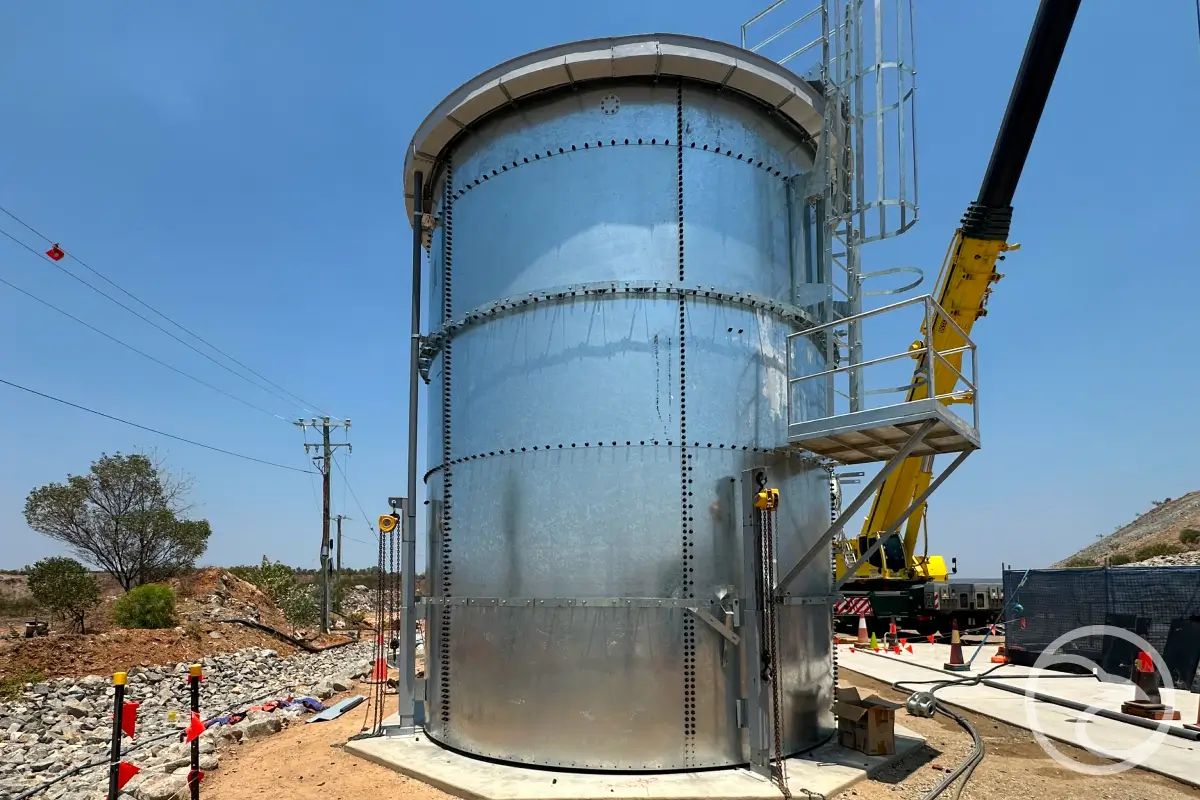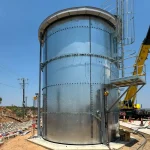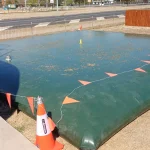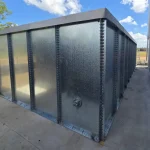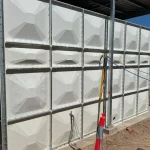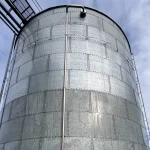Fire water tanks play a vital role in emergency response systems. They provide a dependable water source for sprinklers, hydrants, and fire suppression equipment. To guarantee this critical supply is always available, regular fire tank inspections are required. Inspections not only ensure compliance with Australian Standards such as AS 1851 but also protect businesses and communities from unnecessary risks.
Why Fire Tank Inspections are Essential
Fire tanks are exposed to constant pressure, changing water levels, and environmental conditions. Over time, these factors can lead to corrosion, leaks, sediment build-up, or structural damage. If left unchecked, such issues can compromise fire safety and reduce system performance.
Routine inspections help identify problems early. By detecting weaknesses before they turn into failures, facility owners can extend the lifespan of their tanks and avoid costly emergency repairs. More importantly, inspections ensure that a water supply is always available when it is needed most.
Standards and Compliance in Australia
In Australia, fire tank inspections must meet strict safety regulations. The most widely applied framework is AS 1851-2012, which outlines requirements for the routine service of fire protection systems and equipment. Inspections also align with international codes such as NFPA 25, ensuring tanks are inspected, tested, and maintained according to best practices.
Compliance is not just a legal obligation—it is also a safeguard against liability. Failure to carry out inspections could result in fines, increased insurance costs, or, in the worst case, a failed emergency response.
Types of Fire Tank Inspections
Fire tank inspections generally fall into several categories:
- Visual inspections – Checking the external condition of the tank, including signs of rust, leaks, and coating deterioration.
- Internal inspections – Assessing the inside of the tank for sediment, cracks, or liner damage. This may require confined space entry or advanced technology.
- Water quality testing – Ensuring the water stored is free from contamination that could damage equipment or reduce efficiency.
- Structural assessments – Examining the roof, floor, and walls of the tank to confirm long-term durability.
Each type of inspection provides valuable information that contributes to a complete understanding of tank performance.
Modern Technology in Fire Tank Inspections
Traditional inspections often required confined space entry, which can be risky, time-consuming, and costly. Today, new technologies are making inspections safer and more efficient.
- Drone inspections – Drones equipped with high-resolution cameras can capture detailed images of tank interiors, roofs, and hard-to-reach areas without draining the tank.
- Remotely operated vehicles (ROVs) – These underwater devices allow inspectors to perform internal surveys while the tank remains in service.
- Ultrasonic testing – Measures wall thickness to detect early signs of corrosion and structural wear.
By integrating these technologies, inspections are completed faster, with greater accuracy, and minimal disruption to facility operations.
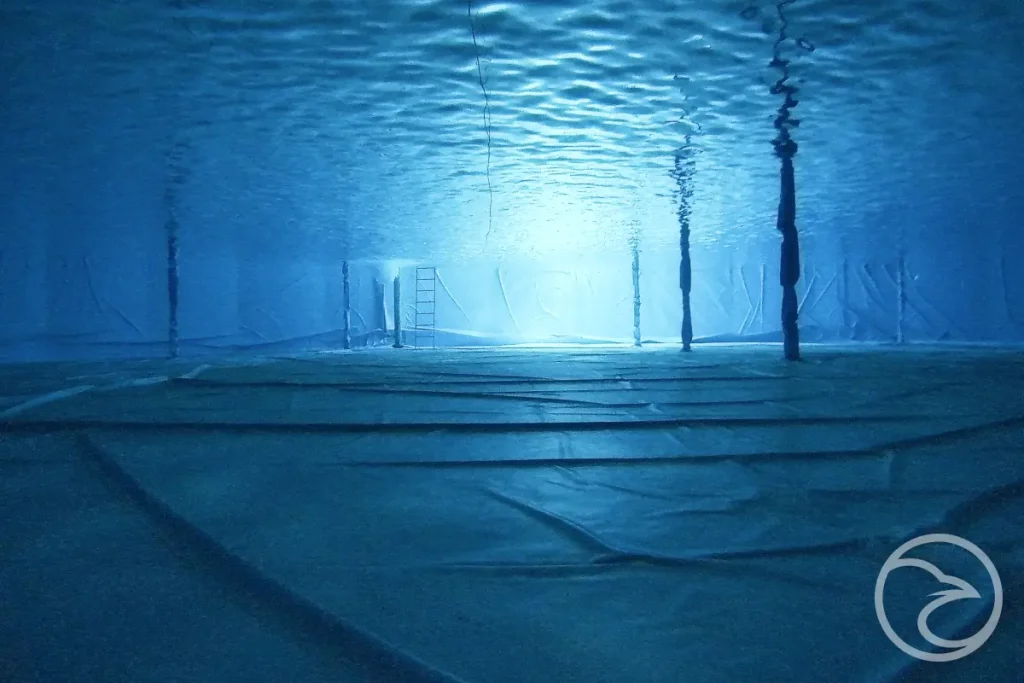
Benefits of Routine Fire Tank Inspections
Investing in regular inspections offers long-term benefits:
- Increased safety and preparedness during emergencies.
- Extended service life of tanks and liners.
- Reduced maintenance costs by preventing major failures.
- Full compliance with AS 1851 and NFPA standards.
- Peace of mind for facility owners and occupants.
The cost of inspections is minimal compared to the potential losses caused by a malfunctioning fire protection system.
Partner With Fire Tank Inspections Experts
Choosing the right inspection provider is crucial. Certified professionals understand compliance requirements and use the latest tools to deliver accurate results. Whether your facility requires annual inspections, drone surveys, or water quality assessments, partnering with experts ensures your system always meets the highest safety standards.
Fire safety cannot wait. Schedule your fire tank inspection in Australia today and protect your people, assets, and operations from unnecessary risk.
